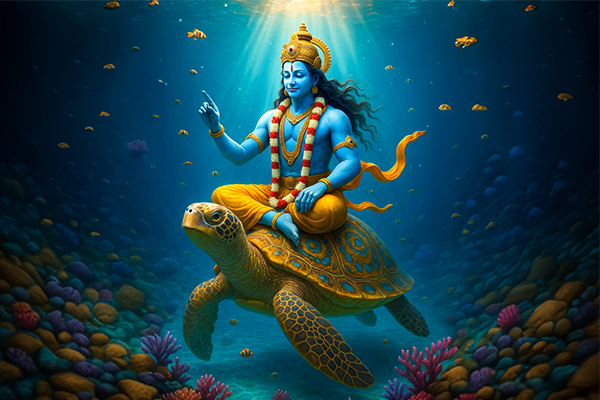
Kurma Jayanti is a sacred Hindu festival that commemorates the divine incarnation of Bhagwan Vishnu in his Kurma (tortoise) avatar. This auspicious day marks the manifestation of Vishnu in his second incarnation, which played a crucial role in the Samudra Manthan (Churning of the Ocean), helping the Devas (celestial beings) obtain the nectar of immortality ( amrita ).
In 2026, Kurma Jayanti falls on Friday, May 1st . This day is observed with great reverence by devotees, who engage in fasting, puja (ritual worship), mantra recitation, and acts of charity. It is believed that worshipping Bhagwan Vishnu on this day brings stability, protection, and divine blessings, as the Kurma Avatar represents steadfastness, patience, and cosmic balance.
Kurma Jayanti is especially significant in Vaishnavism and is observed in various Vishnu temples, particularly in regions associated with the legend of the Samudra Manthan. Devotees seek Bhagwan Vishnu’s grace for spiritual upliftment, removal of obstacles, and prosperity on this auspicious occasion.
Significance & Importance of Kurma Jayanti
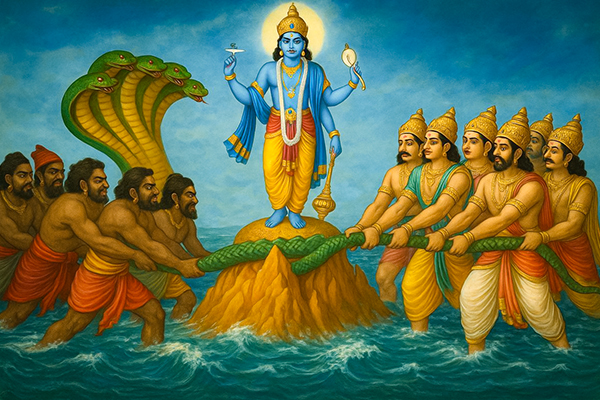
Kurma Jayanti holds profound significance as it commemorates the divine incarnation of Bhagwan Vishnu in his Kurma (tortoise) avatar, an embodiment of stability, endurance, and divine intervention in the cosmic order. The Samudra Manthan, the great churning of the ocean, is at the heart of this divine manifestation. When the celestial Devas and the formidable Asuras undertook the churning to obtain the nectar of immortality, the great mountain Mandara, which served as the churning rod, began sinking into the depths of the ocean. In this moment of cosmic imbalance, Bhagwan Vishnu manifested as the mighty Kurma, supporting the mountain upon his vast, unshakable back, thereby restoring equilibrium and ensuring the continuation of the divine process. This sacred act highlights the eternal principle of divine sustenance and the unwavering protection Bhagwan Vishnu bestows upon the universe.
Beyond its mythological essence, Kurma Jayanti conveys a profound spiritual message of patience, perseverance, and stability. Just as a tortoise carries its burden with resilience, Bhagwan Vishnu, in this form, signifies that true strength lies in steadiness and unshakable faith. The Kurma Avatar teaches humanity that endurance is the foundation of all spiritual pursuits, urging devotees to remain steadfast in their dharma, unwavering amidst the turbulence of life’s trials and tribulations. The festival serves as a reminder that divine grace is always present to restore balance whenever righteousness is threatened, reinforcing the idea that truth and perseverance ultimately lead to victory over adversity.
The observance of Kurma Jayanti is deeply rooted in devotion, self-purification, and spiritual elevation. Devotees undertake fasting, engage in Vishnu puja, and recite the Vishnu Sahasranama, seeking divine blessings for stability in life, inner strength, and spiritual progress. The rituals of the day symbolize surrender to the divine, invoking the blessings of Bhagwan Vishnu to guide the soul toward liberation (moksha). Acts of charity, such as feeding the poor and offering donations, are performed with the belief that service to others is service to the Supreme. The sanctity of the occasion instills the understanding that selfless actions, patience, and faith in the divine lead to ultimate fulfillment and spiritual awakening.
Kurma Jayanti also holds immense significance in the cosmic cycle of preservation and restoration. Bhagwan Vishnu’s Kurma Avatar embodies the eternal truth that whenever the forces of imbalance threaten creation, divine intervention occurs to uphold righteousness and restore harmony.
This festival is not just a commemoration of a divine event but a timeless teaching, encouraging devotees to embrace stability in their faith, endurance in their spiritual journey, and devotion in their pursuit of truth. Through sincere worship on this sacred day, devotees invoke the divine presence of Bhagwan Vishnu, seeking his eternal guidance, unyielding protection, and the ultimate path to liberation.
Festival Date, Time, Muhurat & Tithi
Kurma Jayanti will be observed on Friday, May 1, 2026
Key Timings for Kurma Jayanti 2026:
Kurma Jayanti Muhurat - 04:27 PM to 07:01 PM
Duration - 02 Hours 34 Mins
Purnima Tithi Begins - 09:12 PM on Apr 30, 2026
Purnima Tithi Ends - 10:52 PM on May 01, 2026
Note: Sunrise and sunset vary by region and date due to India's geographical diversity. For exact timings, please refer to local astronomical data.
Iconography & Scriptural References
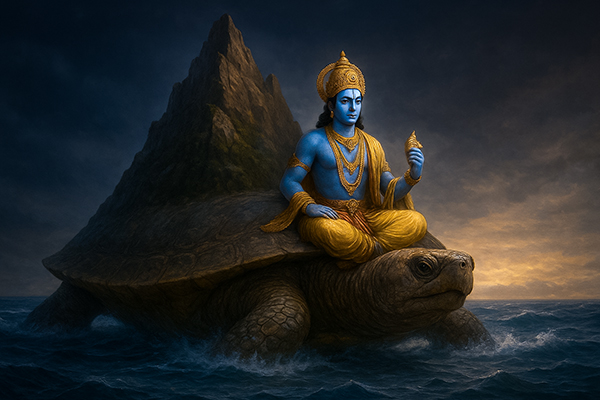
The origin of the Kurma Avatar finds mention in the Vedic scriptures, particularly in the Shatapatha Brahmana, a revered text of the Yajurveda, where the name is often associated with Kashyapa, one of the illustrious Saptarishis (seven sages). In this ancient context, Kurma represents cosmic stability and divine support, laying the foundation for its later prominence in Hindu mythology.
Kurma is venerated as a divine incarnation of Bhagwan Vishnu, primarily recognized in the Puranic scriptures, which elaborate upon his role in the Samudra Manthan (Churning of the Ocean of Milk). In this legendary episode, Vishnu assumes the form of a giant tortoise, providing unwavering support for Mount Mandara, which was used as the churning rod. This avatar is also linked to the cosmic World-Turtle, Akupara, which is believed to carry the entire universe upon its back, symbolizing endurance, balance, and the preservation of cosmic order. The Kurma Avatar is acknowledged as the second of the Dashavatara (ten principal incarnations of Bhagwan Vishnu), embodying divine intervention in moments of cosmic imbalance.
In sacred art and iconography, Bhagwan Kurma is depicted in a hybrid form, combining human and tortoise features. The upper half is human, adorned with celestial ornaments, divine weapons, and the regal presence of Vishnu, while the lower half is that of a tortoise, signifying firmness and unshakable resolve. This unique representation embodies the essence of divine stability, illustrating how Bhagwan Vishnu supports and sustains creation in times of crisis.
Devotion to Bhagwan Kurma has been enshrined in various sacred sites across India, where grand temples honor this divine form. Among the most renowned are the Kurmai Temple in Chittoor District of Andhra Pradesh, the Sri Kurman Temple in Srikakulam District of Andhra Pradesh, the Gavirangapur Temple in Chitradurga District of Karnataka, and the Swarupnarayan Temple in Goghat village of Hoogly District, West Bengal. These temples stand as enduring centers of worship, devotion, and divine blessings, where pilgrims seek the grace of Bhagwan Vishnu in his Kurma Avatar, invoking his protective and stabilizing presence in their spiritual lives.
Story of Kurma Jayanti Festival
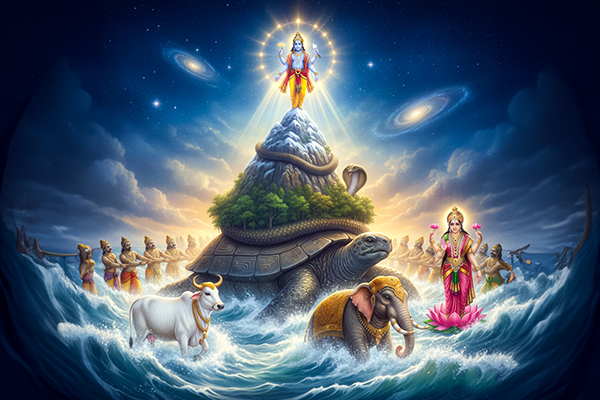
In the ancient times, when the cosmic order was threatened by chaos, both the Devas (celestial beings) and the Asuras (demonic forces) sought the nectar of immortality, Amrita, hidden deep within the Ksheera Sagara (Ocean of Milk). The only way to extract this divine elixir was through the Samudra Manthan, the great churning of the ocean. Both the Devas and Asuras agreed to work together for this task, using the mighty Mount Mandara as the churning rod and the serpent Vasuki as the churning rope.
As the churning began, an unforeseen catastrophe struck. The massive Mount Mandara, lacking a stable foundation, began to sink into the depths of the ocean, making the task impossible. Seeing their efforts fail, the Devas turned to Bhagwan Vishnu, the preserver of the universe, for divine intervention. In his boundless compassion, Bhagwan Vishnu assumed the Kurma (tortoise) avatar, diving into the ocean and offering his vast, sturdy back as the base for Mount Mandara. With the mountain now resting firmly upon him, the churning resumed, and divine treasures emerged from the ocean, including Kamadhenu (the wish-fulfilling cow), Airavata (Indra’s celestial elephant), and Goddess Lakshmi, the embodiment of wealth and prosperity.
However, the most significant outcome of this event was the emergence of Amrita, the nectar of immortality. The moment it appeared, the Asuras attempted to seize it for themselves, threatening to disrupt the balance of power in the universe. In response, Bhagwan Vishnu took the enchanting form of Mohini, a celestial maiden of unparalleled beauty, and cunningly distracted the Asuras, ensuring that the Amrita was distributed only to the Devas. Through this divine intervention, cosmic harmony was restored, and the Devas regained their strength to uphold dharma (righteousness) in the universe.
Kurma Jayanti is celebrated to honor this divine act of Bhagwan Vishnu, recognizing the Kurma Avatar as the embodiment of stability, patience, and perseverance. The festival serves as a reminder that whenever the world faces chaos, the divine ensures the restoration of order and righteousness. Through fasting, prayers, and acts of devotion, devotees seek the blessings of Bhagwan Vishnu, invoking his strength to overcome obstacles and his wisdom to navigate the trials of life.
How to Celebrate Kurma Jayanti
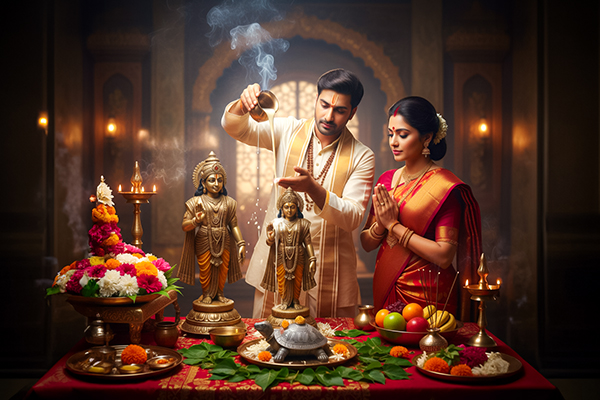
Kurma Jayanti, the sacred celebration of Bhagwan Vishnu’s Kurma Avatar, is observed with deep reverence and devotion by devotees seeking his blessings for stability, patience, and perseverance. The festival is marked by various religious rituals, prayers, and fasting, all performed to honor the divine intervention of Vishnu in the Samudra Manthan.
The day typically begins with an early morning purification bath, symbolizing inner and outer cleanliness, followed by devotees visiting Vishnu temples or setting up a small altar at home dedicated to Bhagwan Kurma. Special pujas and abhishekam (ritual bathing) of Vishnu idols with milk, honey, and water are performed while chanting Vedic hymns and Vishnu Sahasranama. Offerings such as flowers, fruits, and sacred Tulsi leaves are presented as a mark of devotion.
Observing a Vishnu-centric fast (Vrat) is a key aspect of Kurma Jayanti. Many devotees abstain from consuming grains and certain foods, dedicating their day to prayer, meditation, and reading scriptures like the Bhagavata Purana and Vishnu Purana, which narrate the glorious tale of the Kurma Avatar. The fast is broken in the evening with sattvic (pure) food, after offering it to the deity.
Reciting Vishnu mantras, especially the 'Om Namo Narayanaya' mantra, and engaging in bhajans and kirtans (devotional songs) dedicated to Bhagwan Vishnu are common devotional practices. Some devotees also participate in charitable acts, donating food, clothes, or essentials to the needy, as an offering of gratitude to Bhagwan Vishnu for his benevolence and protection.
In temples where Kurma worship is prominent, grand festivities take place with special processions, discourses on Vishnu’s avatars, and elaborate ceremonies, attracting devotees from far and wide. The festival serves as a powerful reminder of Bhagwan Vishnu’s role in preserving cosmic balance, inspiring devotees to cultivate patience, devotion, and righteousness in their own lives.
Kurma Jayanti Festival Puja Vidhi (Puja Procedure)
_201495.jpg)
Kurma Jayanti is a sacred festival dedicated to Bhagwan Vishnu’s Kurma Avatar, commemorating his divine intervention during the Samudra Manthan (Churning of the Ocean). The puja is performed with great devotion, seeking Bhagwan Vishnu’s blessings for stability, perseverance, and spiritual upliftment.
Below is the step-by-step Puja Vidhi to observe this auspicious occasion:
- Purification Ritual – Begin the day with an early morning bath and wear clean, traditional attire. Cleanse the puja area and set up an altar with an idol or picture of Bhagwan Vishnu in his Kurma form.
- Sankalp (Vow of Devotion) – Take a sankalp (sacred resolution) to observe the puja with sincerity, praying for divine blessings, peace, and prosperity.
- Kalash Sthapana (Establishing the Sacred Pot) – Place a Kalash (sacred water pot) filled with pure water, mango leaves, and a coconut, symbolizing the divine presence of Bhagwan Vishnu.
- Invocation of Bhagwan Vishnu – Light a ghee lamp and incense sticks, and invoke Bhagwan Vishnu by chanting mantras like 'Om Namo Narayanaya' and reciting Vishnu Sahasranama.
- Abhishekam (Sacred Bathing Ritual) – Perform abhishekam of Bhagwan Vishnu’s idol with panchamrit (a mixture of milk, curd, honey, ghee, and sugar), followed by a bath with Ganga jal (holy water).
- Offerings to Bhagwan Vishnu – Present Tulsi leaves, yellow flowers, fruits, sweets (especially Panchamrit and Kheer), and traditional prasad, as these are considered dear to Bhagwan Vishnu.
- Vishnu Puja and Recitation of Scriptures – Read or listen to Kurma Avatar Katha from the Bhagavata Purana or Vishnu Purana, followed by chanting the Vishnu Stotra and Vishnu Sahasranama.
- Aarti and Bhajan – Perform Vishnu Aarti with devotion, waving the aarti plate with a lit camphor lamp, accompanied by bhajans and kirtans glorifying Bhagwan Vishnu’s divine deeds.
- Fasting and Charity – Many devotees observe a fast (Vrat), avoiding grains and consuming fruits or sattvic food, breaking it in the evening after offering prasad to Bhagwan Vishnu. Acts of charity, feeding the poor, and donating essentials are encouraged on this auspicious day.
- Conclusion and Prayers – Conclude the puja with heartfelt prayers, seeking Bhagwan Vishnu’s blessings for protection, stability, and spiritual wisdom, and distribute prasad among family and devotees.
Observing Kurma Jayanti with devotion helps devotees develop patience, inner strength, and divine grace, reminding them of Bhagwan Vishnu’s eternal role in preserving dharma and cosmic balance.
Kurma Jayanti Puja Mantra
ॐकूर्मायनमः
Om Kurmaya Namah
Meaning: 'I bow to Bhagwan Kurma, the divine tortoise incarnation of Bhagwan Vishnu, who supports and sustains the cosmos.'
This mantra can be chanted 108 times during the puja to invoke Bhagwan Vishnu’s blessings for stability, patience, and spiritual strength.
Kurma Jayanti Vrat Vidhi (Fasting Procedure)
_201497.jpg)
Observing Kurma Jayanti Vrat is considered highly auspicious, as it is believed to bestow divine blessings, patience, and spiritual growth upon devotees. The fast begins with an early morning purification bath, followed by the sankalp (sacred vow) to observe the vrat with sincerity. Devotees refrain from consuming grains and certain foods, instead opting for a sattvic (pure) diet of fruits, milk, and water throughout the day. Many also choose to observe a nirjala vrat (waterless fast), dedicating the entire day to prayer and meditation on Bhagwan Vishnu.
During the day, devotees engage in puja and mantra chanting, especially reciting Vishnu Sahasranama, Kurma Stotra, and the Bhagavata Purana that narrates the Kurma Avatar’s divine role in the Samudra Manthan. Offerings such as Tulsi leaves, yellow flowers, and prasad are presented to Bhagwan Vishnu, and rituals like abhishekam (holy bathing of the idol) with milk, honey, and Ganga jal are performed with great devotion. Devotees also practice self-discipline and meditation, reflecting on Bhagwan Vishnu’s teachings of perseverance and cosmic balance.
The fast is broken in the evening, preferably after offering food to the deity and distributing prasad to family members and the needy. Devotees consume sattvic food, avoiding onion, garlic, and heavy meals, as a gesture of purity and devotion. Many also engage in acts of charity, such as donating food, clothes, or essentials to the underprivileged, symbolizing gratitude and service to Bhagwan Vishnu.
By observing Kurma Jayanti Vrat with faith and sincerity, devotees seek divine stability, patience, and strength in overcoming life’s challenges.
Kurma Jayanti Vrat Katha (Traditional Fasting Story)
_201496.jpg)
Long ago, during the celestial age, the Devas (gods) and Asuras (demons) were locked in an endless struggle for supremacy. Both factions sought the Amrita (nectar of immortality) hidden deep within the Ocean of Milk (Kshirasagara). To obtain this divine elixir, they decided to perform the Samudra Manthan (Churning of the Ocean), using Mount Mandara as the churning rod and Vasuki, the serpent king, as the churning rope. However, as the churning began, the mountain started sinking into the depths of the ocean, jeopardizing the entire endeavor.
Seeing this crisis, the merciful Bhagwan Vishnu took the form of Kurma, the divine tortoise, and descended to the bottom of the ocean. He lifted Mount Mandara on his sturdy back, providing a stable foundation for the churning to continue. As the gods and demons churned, numerous divine treasures emerged, including Kamadhenu (the celestial cow), Ucchaisrava (the divine horse), Kalpavriksha (the wish-fulfilling tree), Lakshmi (the goddess of prosperity), and finally, the sacred Amrita. The Devas, guided by Bhagwan Vishnu’s wisdom, ultimately secured the nectar, ensuring their victory over the Asuras.
Since that day, Kurma Jayanti has been observed with devotion, honoring Bhagwan Vishnu’s Kurma Avatar for his role in preserving cosmic order. The vrat (fast) is believed to bring stability, patience, and divine blessings, just as the Kurma Avatar upheld the universe in its time of need.
By listening to this sacred vrat katha and observing the vrat with sincerity, devotees invite Bhagwan Vishnu’s grace, ensuring peace, prosperity, and spiritual enlightenment in their lives.
Puja Utensils, Essentials
Rudra Centre brings an extensive collection of Puja Articles which caters to all that is required for daily and special Puja Vidhis. We offer variants of designs and sizes in each category. The list includes handcrafted Puja Mandirs, Puja Pedestals, offering Bowls, Panchpatra, intricately carved Puja Thalis, Abhishek Vessels, in different materials, Pure Silver/German Silver articles like Kalash, set of Shodash Upachara and Several other Puja Articles, which we deliver at your doorstep.
Kurma Gemstone Idols

Collection of meticulously crafted Kurma (tortoise) figurines made in 100% natural gemstones. Our Kurma idols are available in Jasper, Agate, Tiger Eye, Jade and other gemstones. They are meticulously crafted to make vibrant Vastu decor which resonate harmonizing and healing energies of the gemstones. Kurma is placed in home/office for stability, harmony and fortune.
Sphatik Kurma Shree Yantra
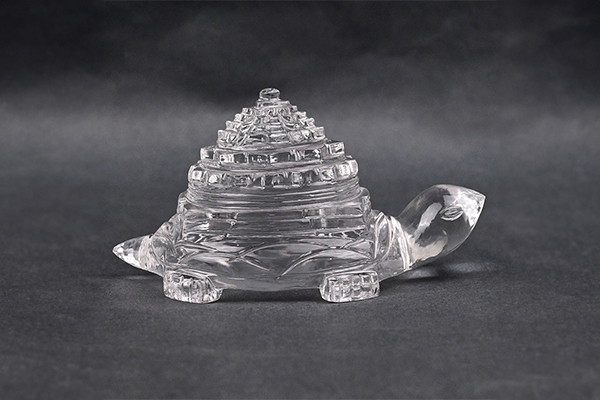
The Sphatik Kurma Shree Yantra is a finely carved piece combining the sacred Shree Yantra and the symbolic Kurma (tortoise). The Shree Yantra on top features intricate geometric patterns in a pyramidal structure, representing the cosmic energy of creation. This Kurma carved from pure, flawless natural sphatik is popularly kept at home for stability and support, good fortune and success.
Vishnu Puja
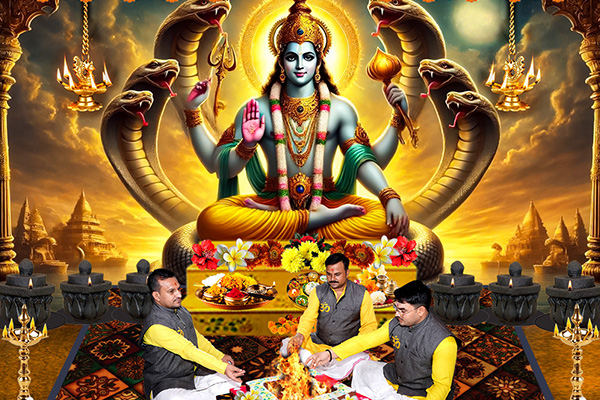
The purpose of performing the Anant Vishnu Puja is to attain blessing of Bhagwan Anant Vishnu and to blessed by materialistic comforts, peace of mind and happiness. This divine form of Bhagwan Vishnu is also worshipped to regain lost wealth. The Vaishnavites, revere Him as the Supreme deity, one who has no beginning and no end.
The benefits of performing the Anant Vishnu puja is as follows:
- Offers divine blessings of Bhagwan Vishnu
- Offers divine blessings of Goddess Lakshmi
- Invites riches and prosperity
- Offers success and growth in all undertakings
- Helps to recover lost wealth
- Offers overall abundance
- Offers contentment and bliss
- Offers protection from negative energies and evil spirits
- Fills life with happiness
Rudra Centre Puja Services is the oldest and most trusted Online Puja Services provider in the world. Over 20 years we have organized Yagnas, Pujas, Homas and Kathas like Ati Rudra Mahayajna, Sahasra Chandi Homa, Akhand Ramayan Paath, Shiva Maha Puran Katha, 4 Prahar Mahashivratri Mahapuja with teams of 100’s of curated priests for the benefit of mankind and our global clientele.
Conclusion
Kurma Jayanti is a sacred celebration that honors Bhagwan Vishnu’s Kurma Avatar, symbolizing stability, perseverance, and divine intervention in times of crisis. This festival serves as a reminder of how patience and determination can help overcome challenges, just as Bhagwan Vishnu upheld Mount Mandara during the Samudra Manthan.
By observing Kurma Jayanti with devotion, engaging in puja, fasting, and charitable acts, devotees seek divine blessings for stability, wisdom, and spiritual progress. The festival not only reinforces faith in Bhagwan Vishnu’s protective grace but also teaches the profound lesson that dharma (righteousness) always prevails when one remains steadfast in their devotion.
Through this sacred observance, devotees cultivate inner strength and harmony, embracing Bhagwan Vishnu’s timeless role as the preserver of cosmic balance.

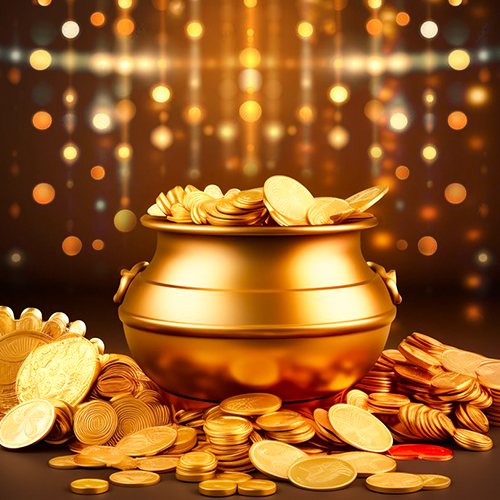
-in-Astrology.jpg)
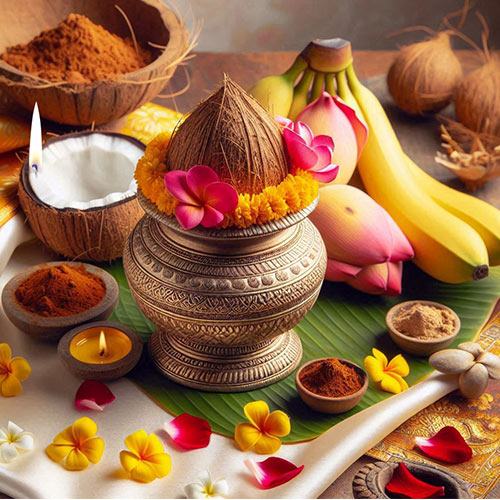

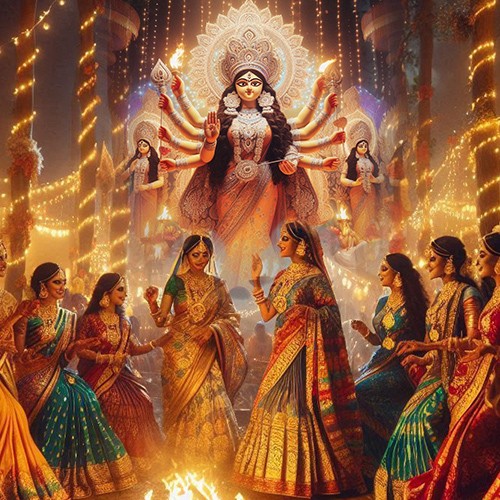
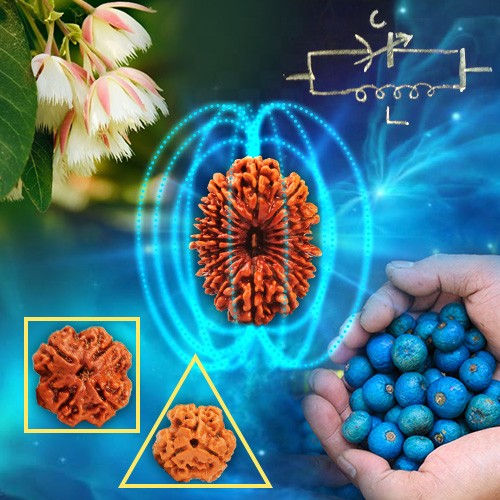

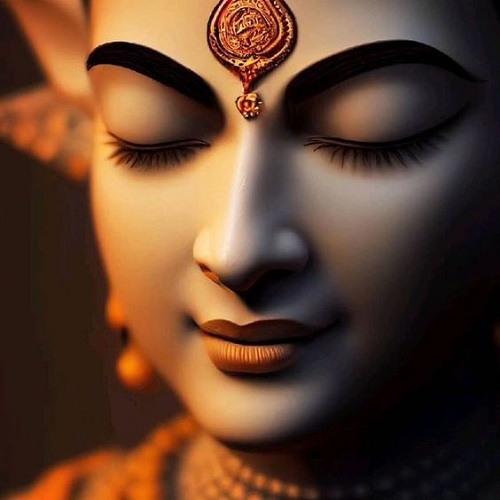
.jpg)

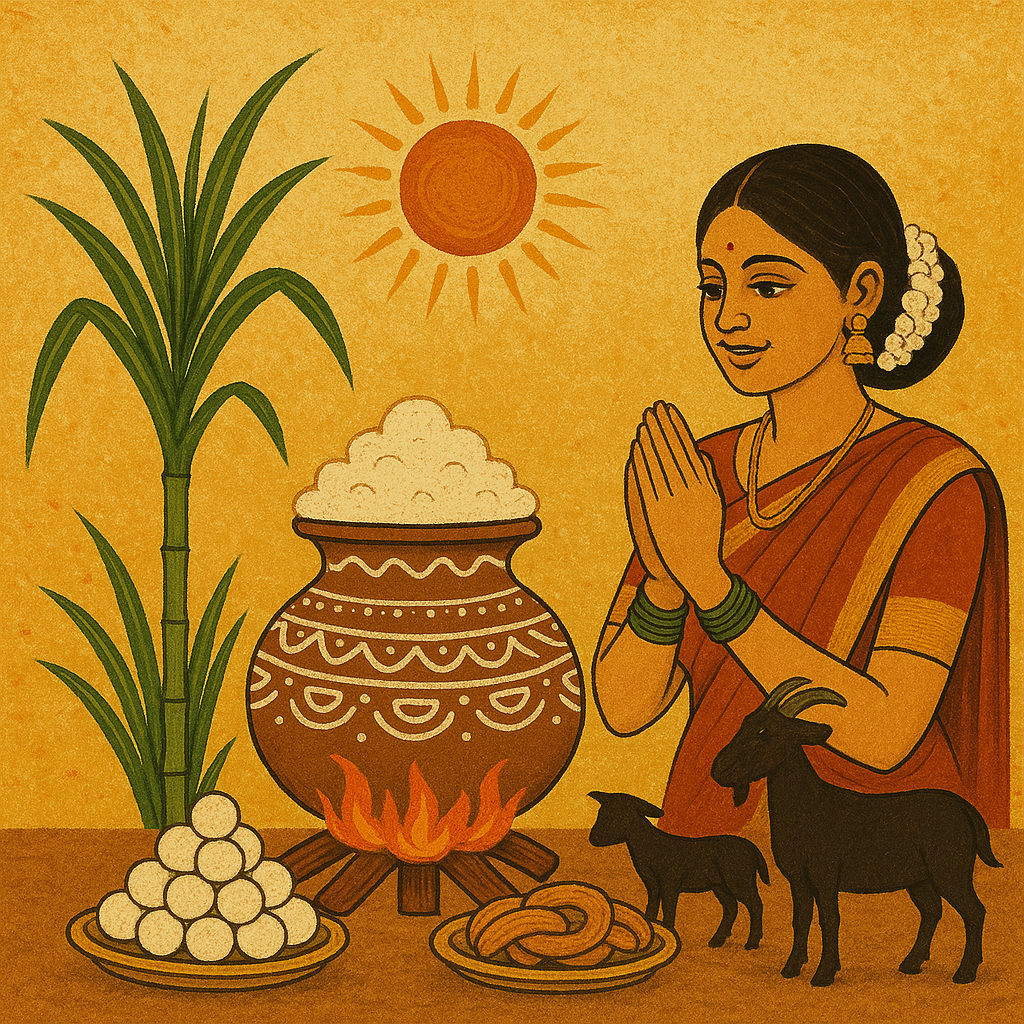
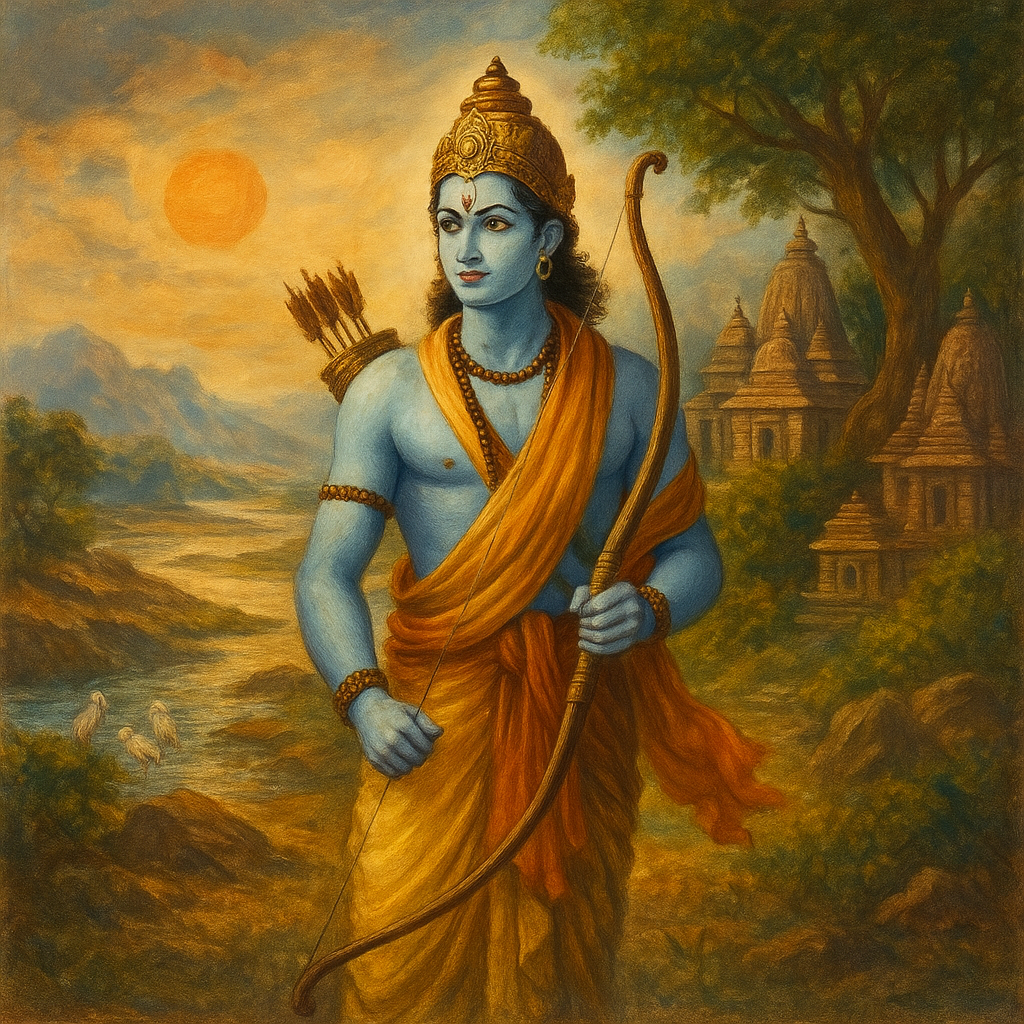
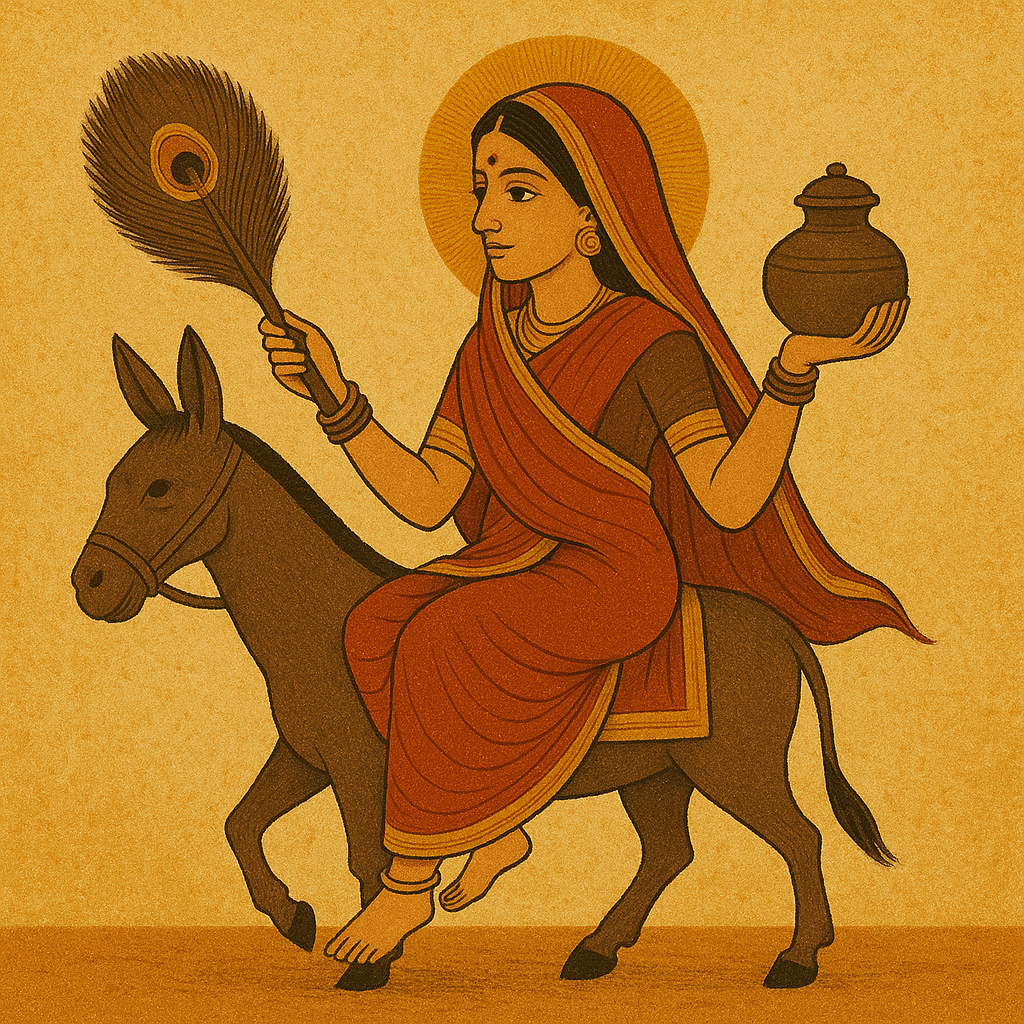
Comments 0
Leave your thought here